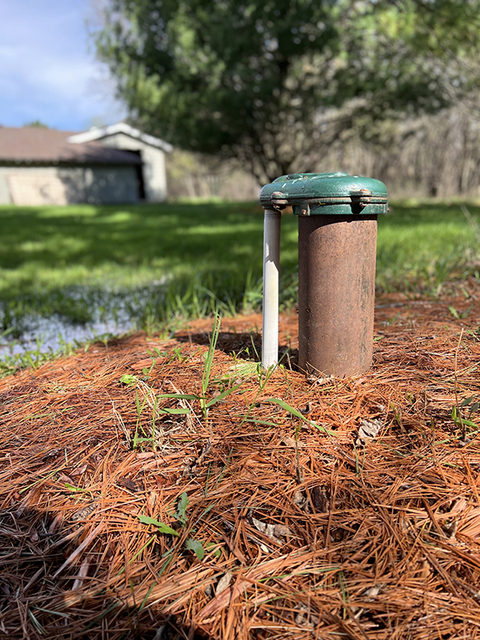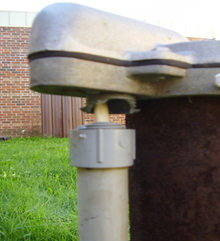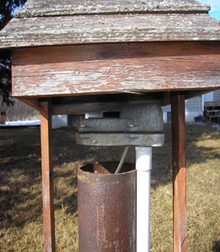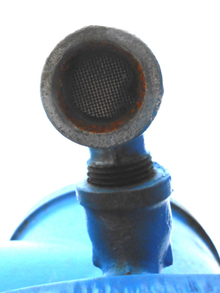Quick facts
- Heavy rains and flooding can help bacteria enter well water.
- Inspect your well for cracks and other deterioration around the well cap.
- Have your water tested by a certified lab.
If you have a private well water supply after heavy rains or flooding is a good time to inspect your well and get your drinking water tested at a certified laboratory. Proper well construction can help keep outside water, debris, and rodents from getting into your drinking water source, but sometimes small issues can go unnoticed.
What to test for and why
Drinking water contaminants are usually absorbed by the soil before they enter a well but sometimes if a well isn’t sealed or constructed correctly they can enter the system. In particular, severe weather and flooding can make these issues worse.
Private wells should be tested annually for coliform bacteria. This bacteria in itself is harmless but is an indicator that some other potentially dangerous bacteria may also be in your water such as E. Coli. If any foreign material such as rodents or animal feces ended up in your well, a coliform bacteria test can tell you whether or not you need to investigate further.
To take a water sample, work with a certified water testing lab near you. They will provide instructions on how and when to test your water. Make sure to follow handling and sanitizing instructions since there can be false-positive results if you don't sanitize your faucet well enough before sampling.
Well construction tips
Minnesota has had an established well code since 1974, making well construction standardized.
- A well must have a sanitary well cap.
- The electrical conduit must also be sealed into the cap.
- The cap must be at least 12 inches above the ground surface in case of flooding.
- There should also be a well ID tag attached to the pipe, though some older wells may not have these.
If applicable to your area some wells have a gas vent from the cap with a mesh screen.
When inspecting your well make sure all these features are being met. Some things to look for are:
- A crack in the electrical conduit piping.
- The sanitary cap is loose from the well pipe.
- Or the mesh screen on the gas vent (if applicable) is badly worn.
Any one of these can be an opportunity for different contaminants to enter your well. If you have something that needs to be fixed you can contact a licensed well driller to get an inspection and estimate of costs.
- The Minnesota Department of Health lists licensed well drillers in Minnesota.
- Learn more about drinking water contaminants.
Reviewed in 2022





